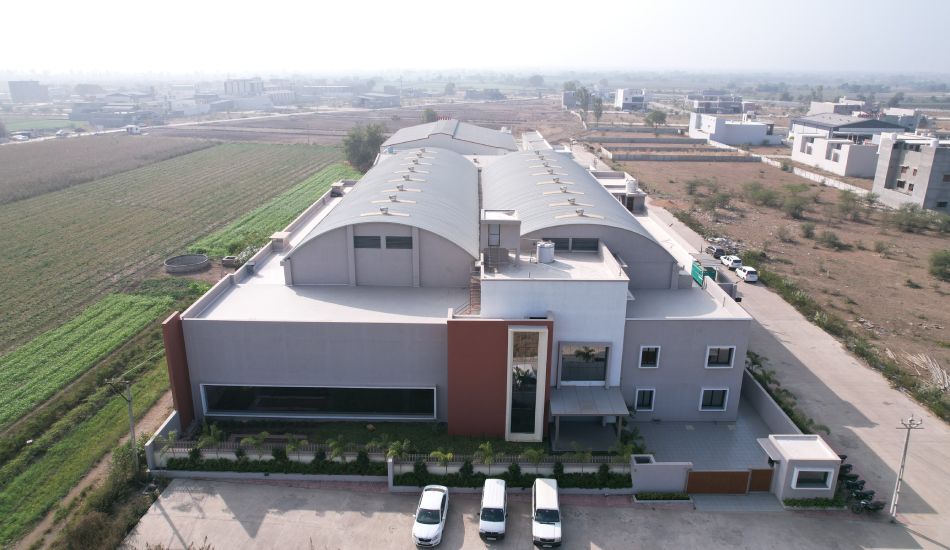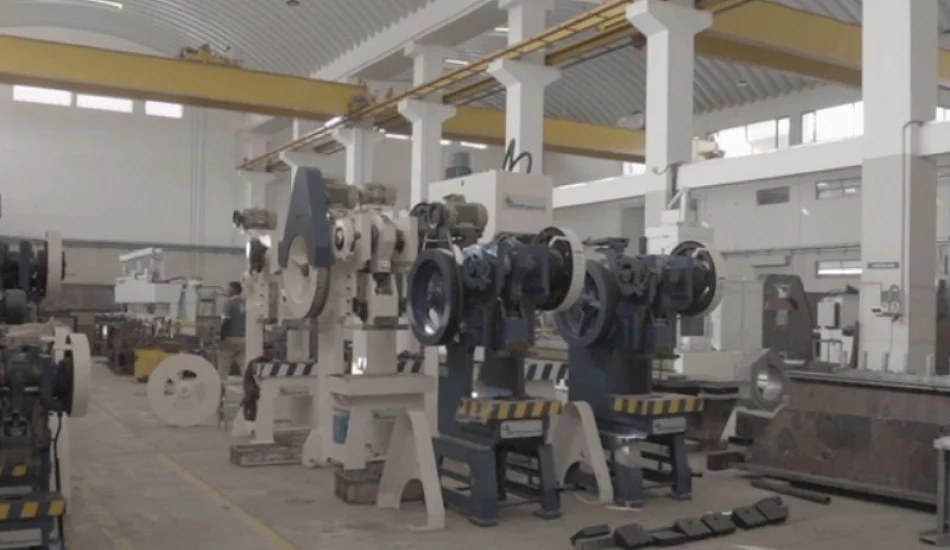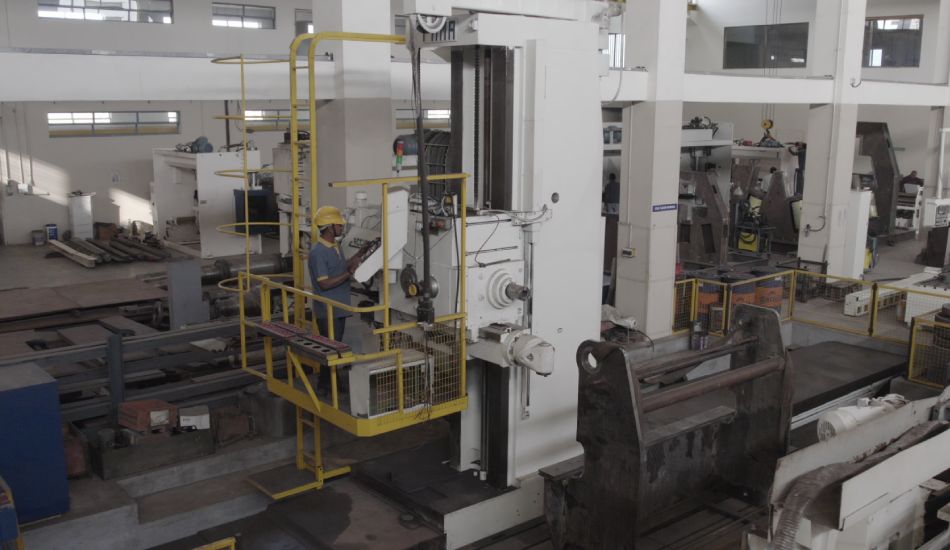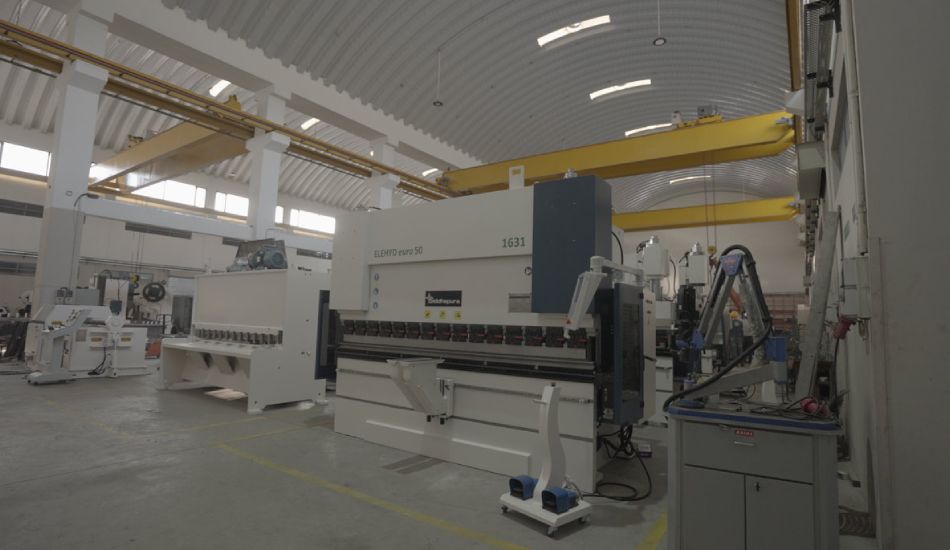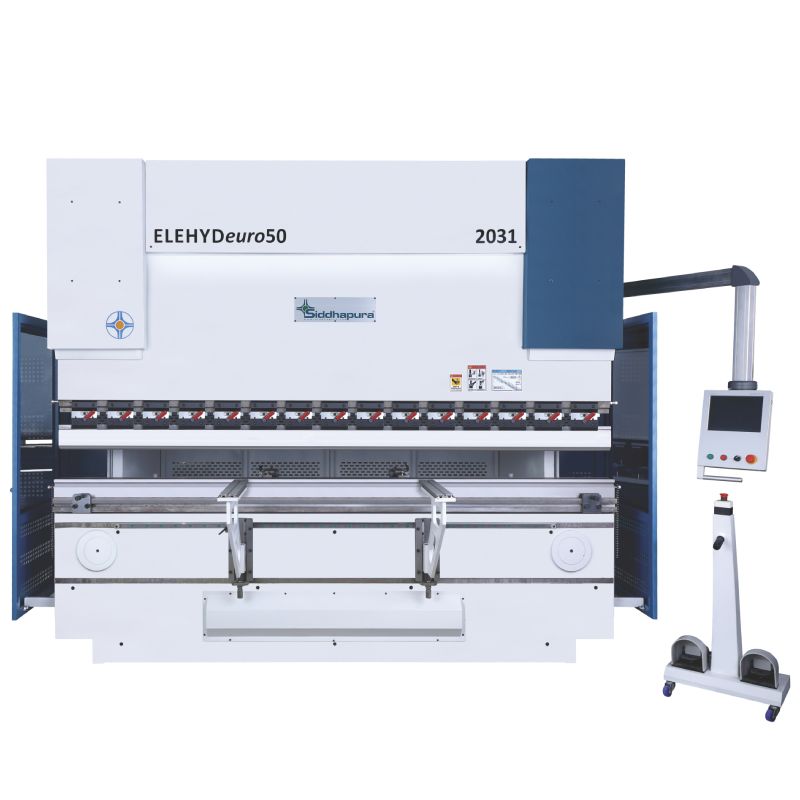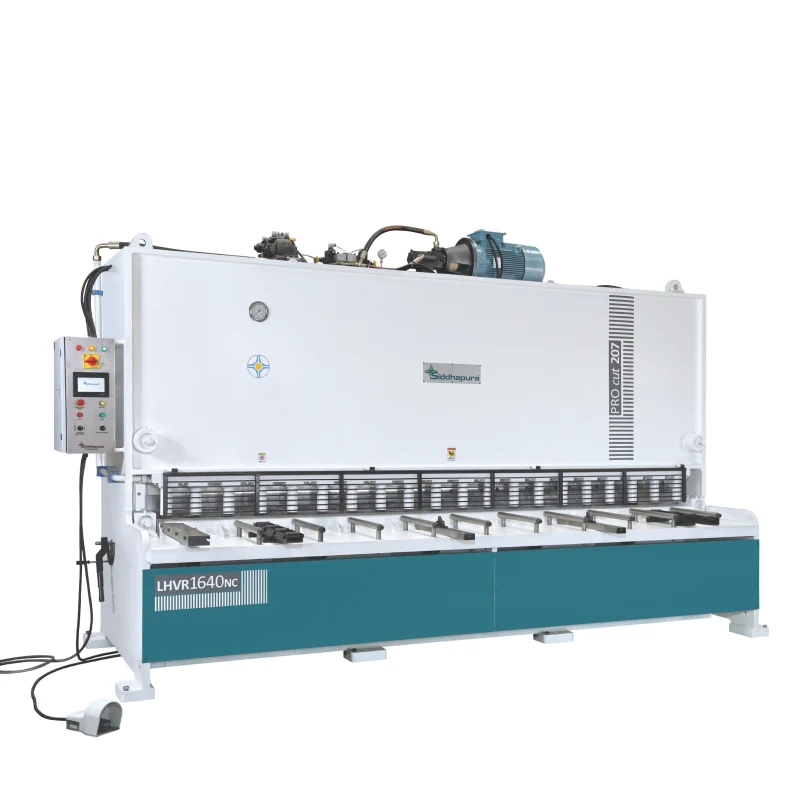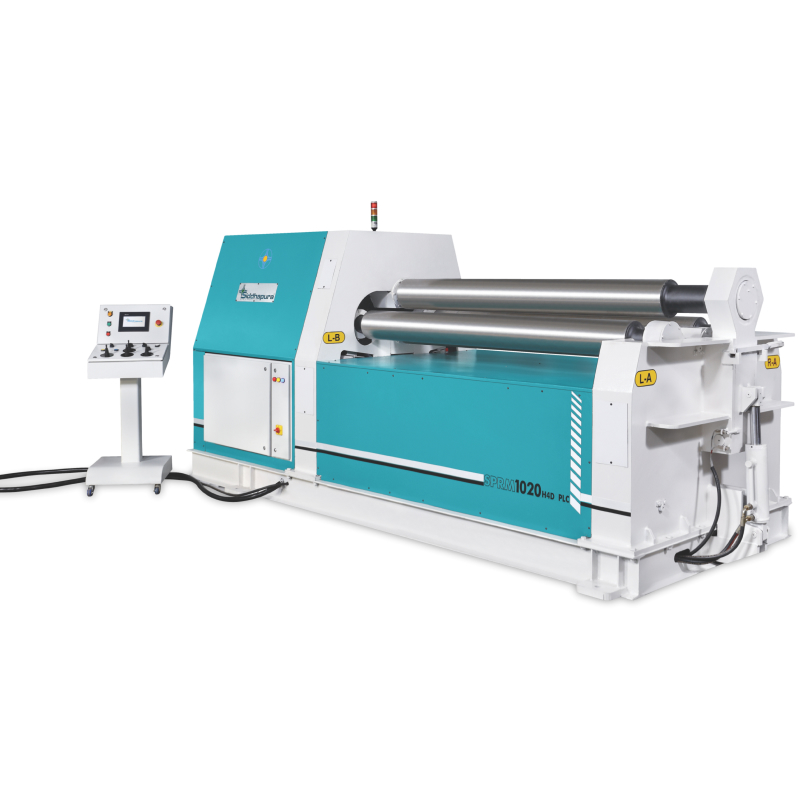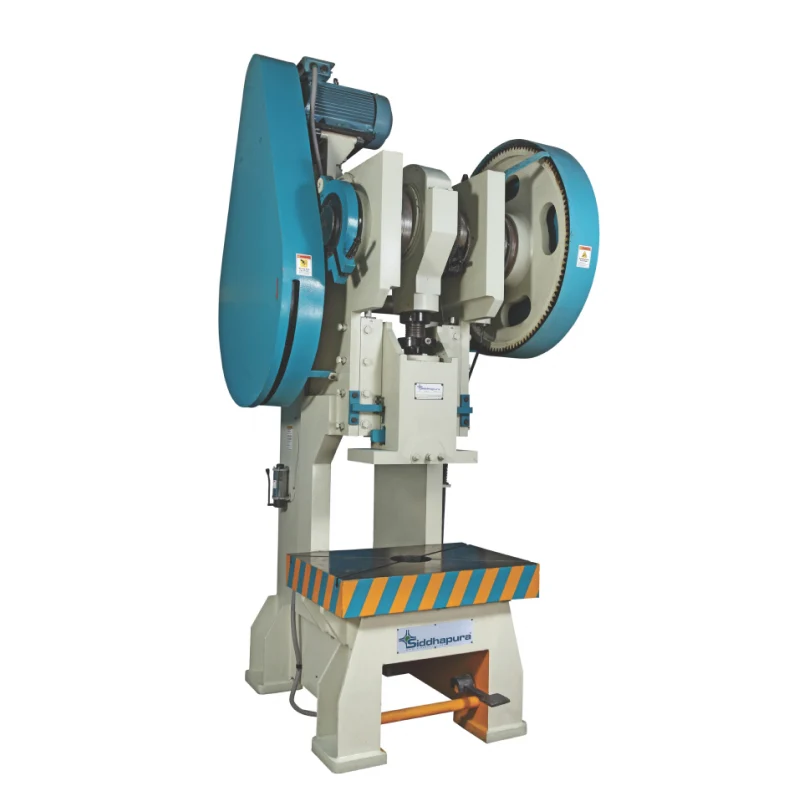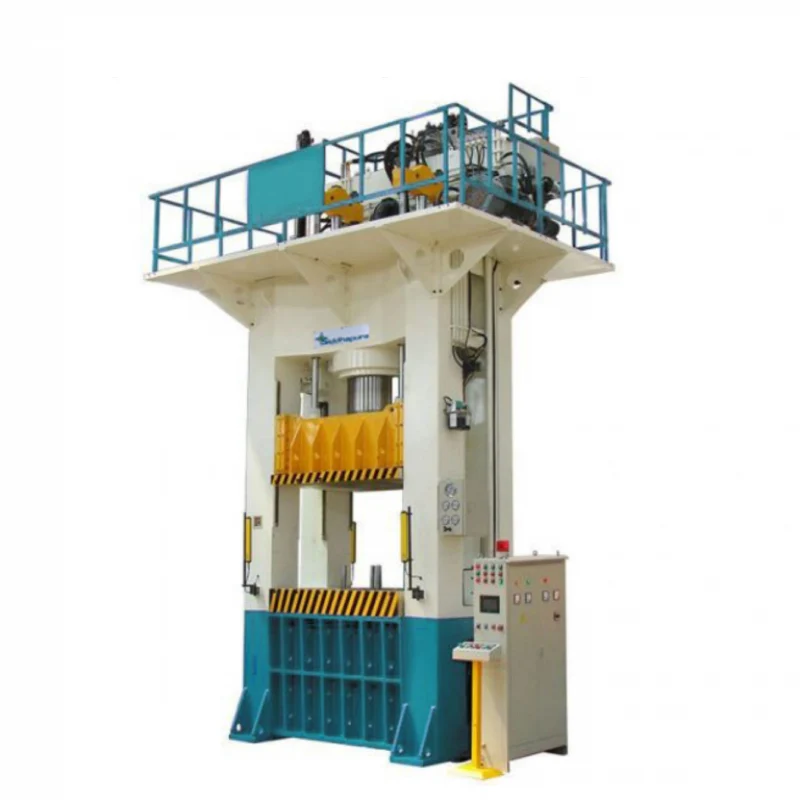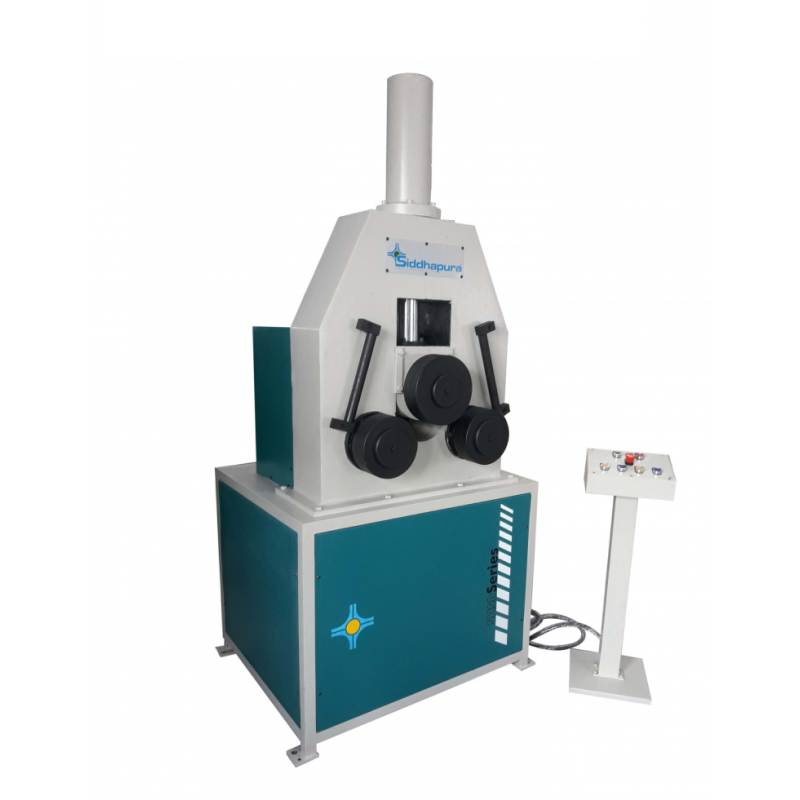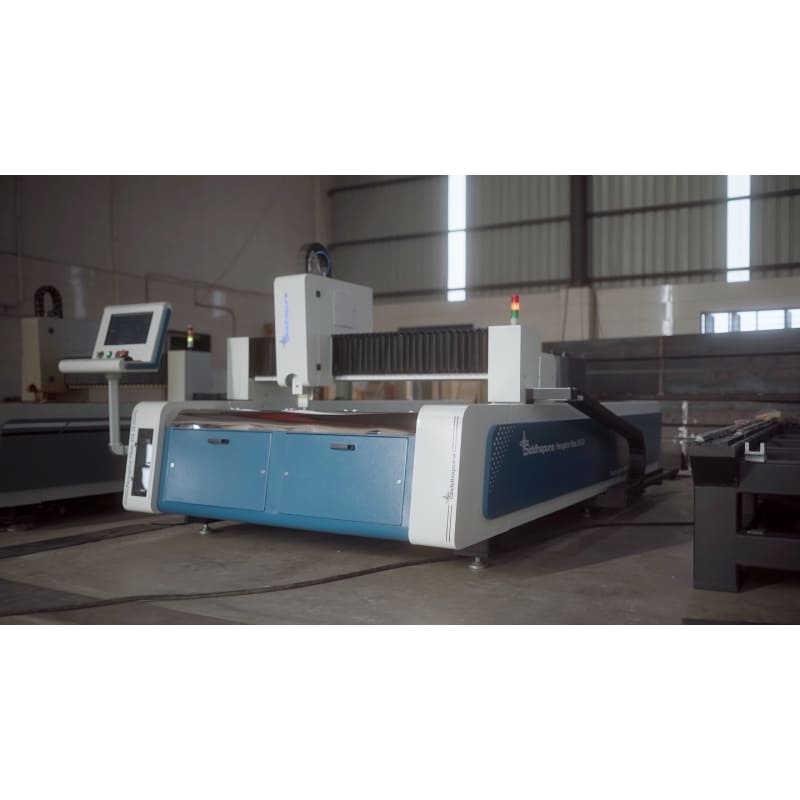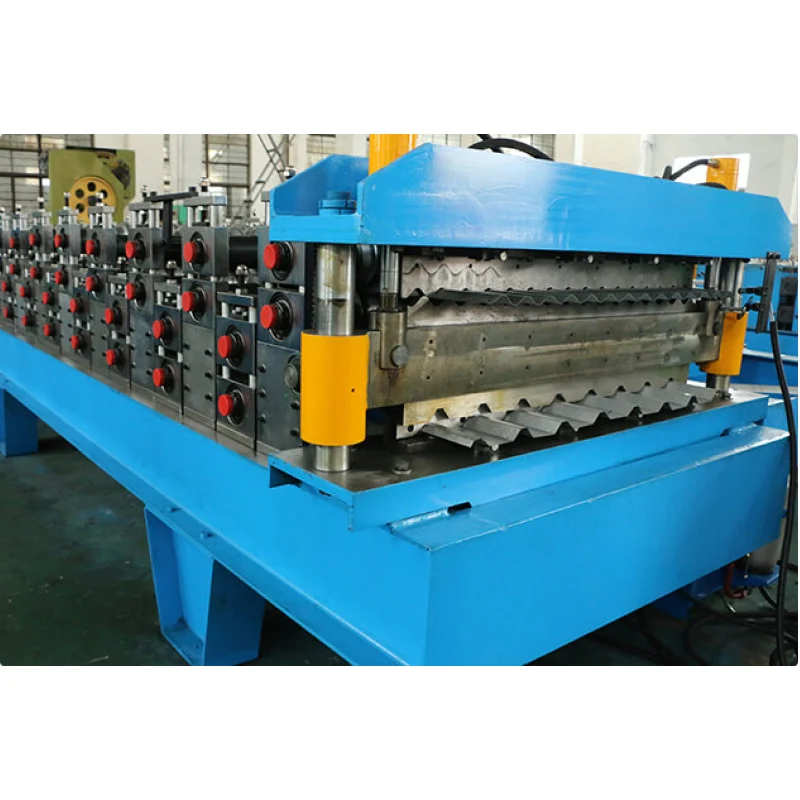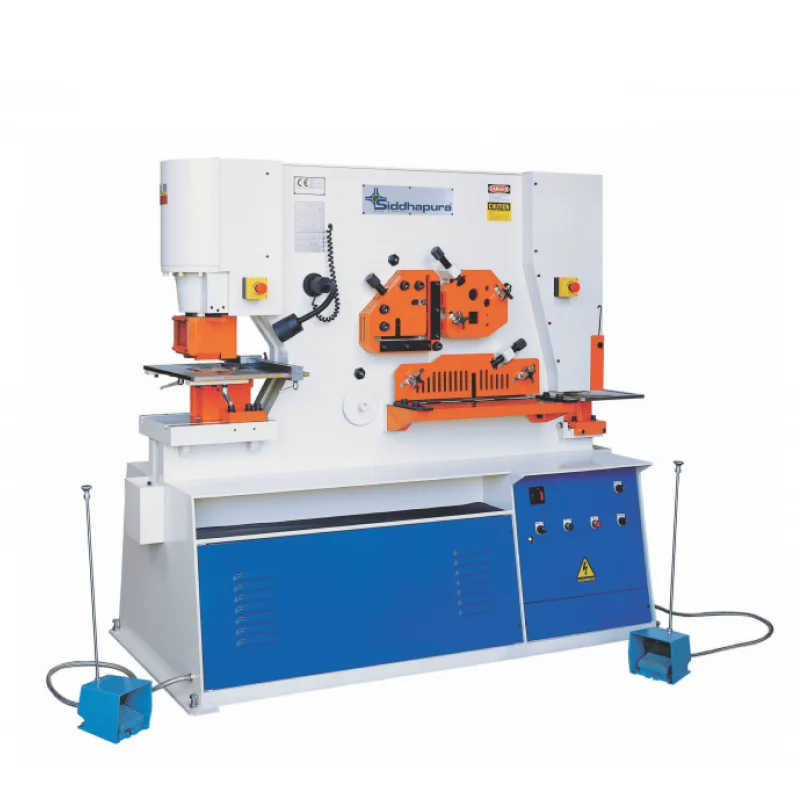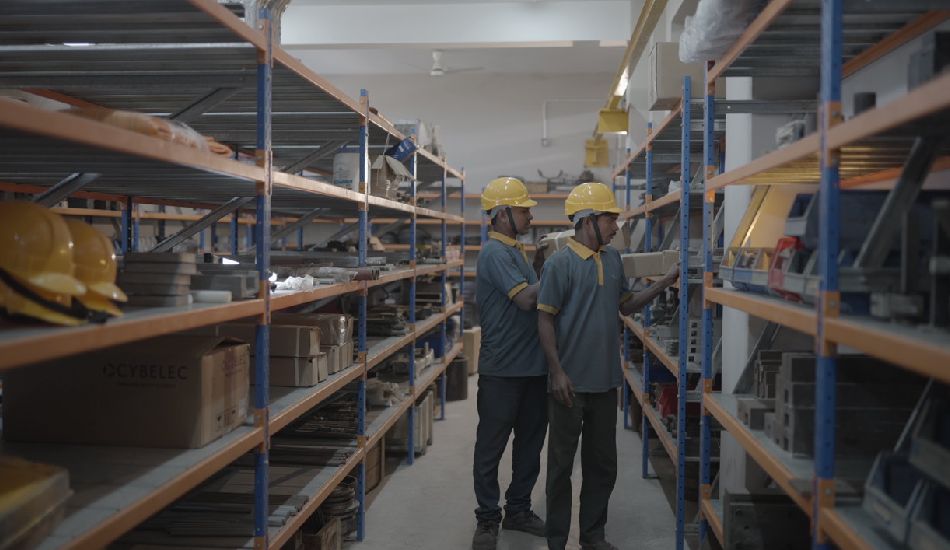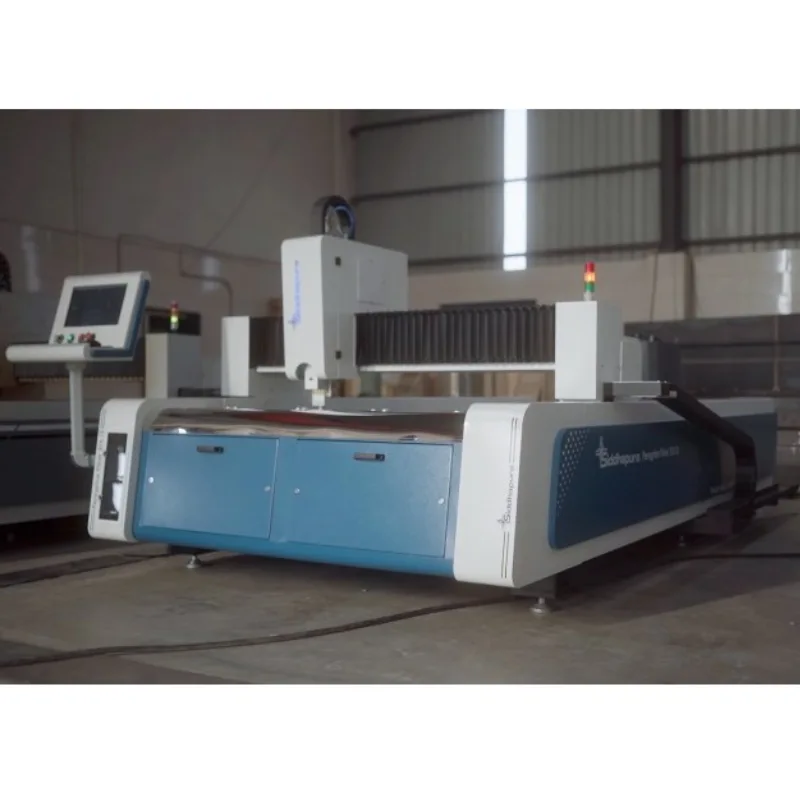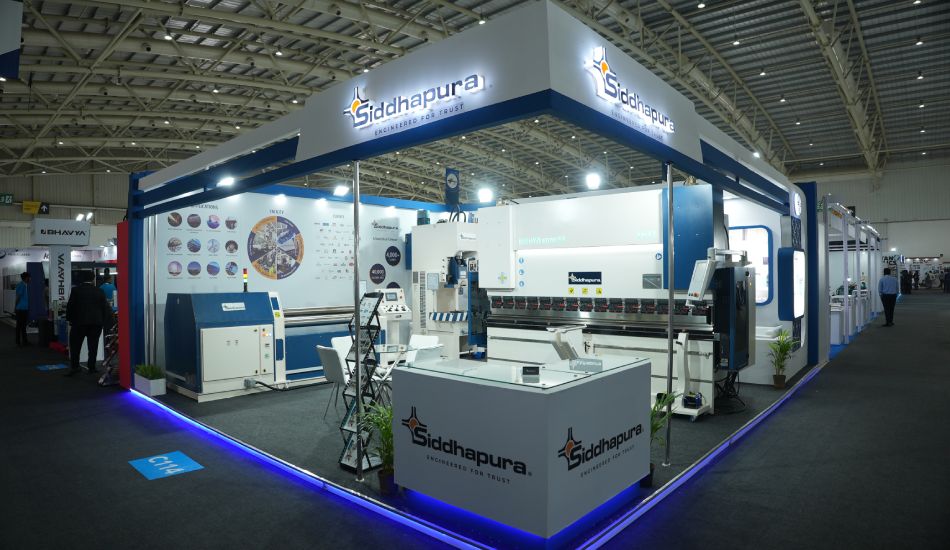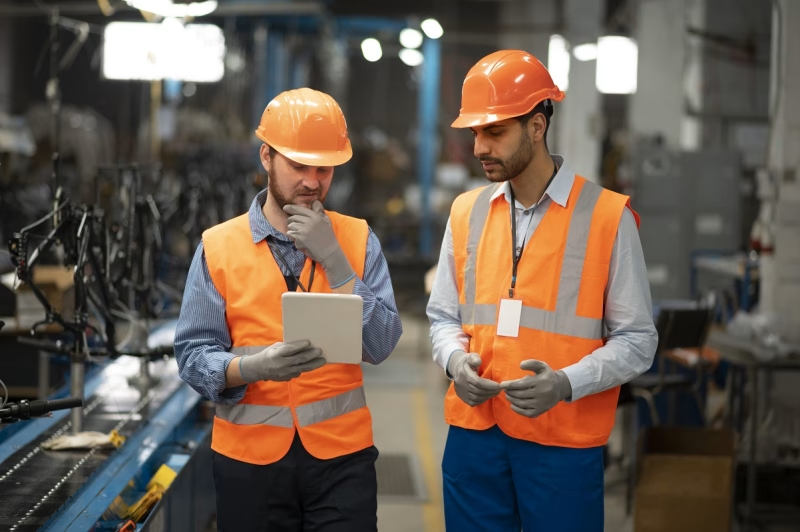Steel plate rolling machine is a part of some of the machines used in the manufacturing, construction, shipbuilding, automobiles, and defense sectors. These are designed to bend or roll the steel plates, as well as other metals, to give it curved shapes. Such curves then become a very crucial aspect when building enormous structures, automobiles, and weapons.
Several Parts and Components of a Steel Plate Rolling Machine
There are several parts of a steel plate rolling machine that work together for accurate bending of the steel plates. Here are the major components.
Rollers:
Rollers are present in the bending part of the machine, which actually bends the steel plates. Normally, there are three rollers-the top, bottom, and the side. In this roller press, because of the action from these rollers that apply pressure, the plate is deformed with pressure based on the established radius.
Hydraulic System
Most of the current steel plate rolling machines utilize a hydraulic system for precise control in the rolling of the rollers. Hydraulic systems provide the torque needed for heavy plate rolling. The hydraulic system, meanwhile, controls the curvature. Moreover, it prevents hitching during machine running.
Control Panel:
This may include the roller position, pressure, and speed. The digital displays are common and provide real-time monitoring, which gives the operator feedback so that control and optimization of machine performance can be made easier.
Drive Mechanism:
A conventional electric motor will be used on a typical power drive mechanism for the purpose of transmitting power into rollers. This ensures that the rollers have the right amount of torque and speed so that the steel plate can bend in a particular way.
Support Rollers:
Support rollers guide the plate without making it slip out of place. The stability of the plate is ensured on passage through the machine.
Machine Bed:
It acts as the back bone of the system. The whole parts of the system lie on the bed in the appropriate position so rolling may be executed effectively.
Plate Positioning Device:
This roll supports the steel plate as it is rolled. The plate is kept in proper alignment at all times during rolling.
Working Principle of Steel Plate Rolling Machine
A steel plate rolling machine works based on rollers. The rollers apply a controlled amount of force on the flat sheet of metal, thereby curving it. It is based on the following aspects.
- Plate Feeding: This aspect takes a steel plate and feeds the machine by rolling it through it.
- Bending: The compressive force caused by the pressure of the rollers on the steel plate bends them. The curves bend with positions and speeds preset. It either increases the curvatures for the attainment of the curvature desired or reduces them
- Rolling: Several times rolled of steel plate for acquiring a suitable radius. The two important parameters that decide the number of rolls are thickness of the material and curvature to be achieved.
- Shape Finishing: The plate is checked for curvature and shape at each pass. It is passed through support rollers and adjusted till the correct form is achieved.
How is a Steel Plate Rolling Machine Manufactured?
The manufacturing process for a steel plate rolling machine involves various steps right from the designing and material selection, fabrication and assembly, to comprehensive testing. Break up is given below.
Designing and Engineering
Design engineers undertake detailed design with the help of CAD/CAM. The designs made focus on the load-carrying capacity of the material thickness and the control mechanisms.
Steel and strong material types, among others, are chosen for the construction of the framework and the rolling as well as the main components. They have wear resistance; it also boasts the high endurance in forces at heavy loads on application to its construction for such rolling machinery applications.
Fabrication
All the different machine components, from material selection to fabrication, are cut and welded into parts such as rollers, hydraulic units, and the bed. Most of the components are custom-fabricated for specific design requirements.
Assembly
Once all these artificial parts are ready, the assembling process starts. Rollers are fixed on the bed, hydraulic and electrical systems in the machine are integrated, and the control panel along with the support systems of the machine are assembled
Testing
The assembled machine is put through rigorous testing. This includes checking the alignment of the machine hydraulic pressure and motor functionality among other critical systems. Testing ensures that the machine operates with full capacity and can hold various steel plate thicknesses and types.
Quality Control Measures in Manufacturing Steel Plate Rolling Machines
The quality of the rolled steel plate machines must be good to ensure that they work well. The following are some of the quality control measures used:
Material Inspection:
Raw materials are check-up strictly before any production is done. This is to ensure that they meet the industrial requirements. Steel for rollers should not have any flaws and should be strong and long-lasting.
Fabrication Accuracy:
Sophisticated machines such as CNC machines are used to manufacture. Such machines can cut and shape parts to the highest precision, so that every part, when assembled, fits perfectly and performs well when placed inside the final machine. The quality of welding:
The welding process is also checked for the quality weld because a weak weld point in any area compromises the whole body of the machine, so welding points are very carefully checked by the quality control inspectors.
Hydraulic System Testing:
The hydraulic system is checked for leakage, stable pressure, and easy operation. The hydraulic fluid level and pressure are measured for best performance when loaded in a varying manner.
Final Functional Test
Final testing is conducted after assembly. Here, all the movements as well as operations in the machine up to its limits are tested just to ensure it behaves as expected.
Role of Steel Plate Rolling Machines in Forming Future of Automobile and Defense Sectors in India
The steel plate rolling machine is also important for the formulation of both automobile and defense sectors in India. Rolling of steel plates is used significantly in the automobile industry for chassis and body panels, frames, etc.
Shaping curvaceous complex shapes out of rolled steel would finally judge superior aerodynamics, strength, and safety factors of vehicles. All these ask for innovation in lighter and efficient car bodies with a growth in demand for electric vehicles (EVs) and self-driving cars.
Defense Sector:
In defense, there is a demand for heavily built equipment that consists of armoured vehicles, ships, and military structure. Steel plate rolling machines come into importance by the rolling of metal components used for these purposes. With India strengthening its defense preparedness, the requirement of quality rolled steel parts is likely to increase further, and therefore the steel plate rolling machine will become the crux of the whole process of making defense products.
Conclusion
Steel plate rolling machine India is revolutionizing manufacturing business. They have a great demand in the automobile and defense industry. Steel plates can be rolled into any type of complicated structure, and this is the main reason for utilizing them to design anything, like vehicles or defense machinery. They are really crucial in developing the industrial face of India and backing technological advancements along with the pace of the Indian defense strides.

